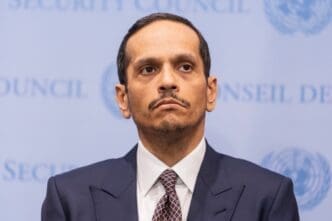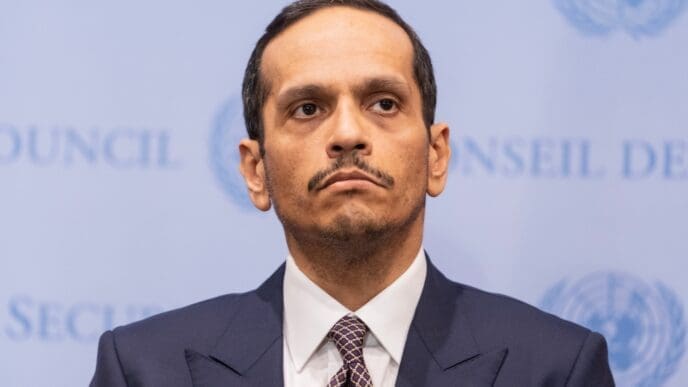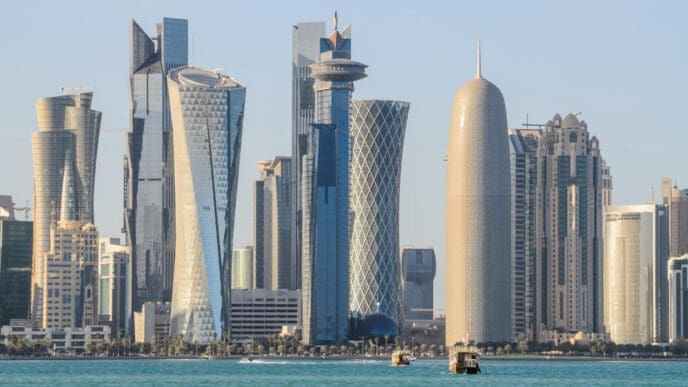Nearly 200 countries faced a critical deadline recently, calling for comprehensive national plans to cut down emissions of heat-trapping gases. Yet, only a few countries have submitted their targets, prompting the United Nations to advise prioritizing quality over speed.
Out of the 195 signatories of the 2015 Paris climate agreement, a mere dozen have submitted their strategies to curb emissions by 2035. Alarmingly, these submissions cover just 16.2% of global carbon dioxide emissions, a staggering shortfall considering the urgent need for action. The United States, having already retracted a previous commitment, alongside major emitters like Brazil, the United Kingdom, and the United Arab Emirates, is among the few to have filed their plans.
For other major contributors, such as China and the European Union, there’s a slight reprieve as their documentation is expected mid-year. India, another key player, plans to submit its targets only after observing the commitments of other major emitters, indicating a strategic yet cautious approach.
UN Climate Secretary Simon Stiell has expressed understanding, focusing on the necessity for robust, well-considered plans rather than hasty submissions. “Taking a bit more time to ensure these plans are first-rate makes sense,” he stated in Brazil, emphasizing the complexity and importance of these documents.
However, not everyone is convinced. Champa Patel of the Climate Group has voiced concern over the global hesitation, warning, “The world cannot afford inaction.” These sentiments echo the persisting anxiety around accelerating climate change and its repercussions.
The Nationally Determined Contributions (NDCs) are pivotal for the 2015 Paris agreement. Nations are obligated to enhance their efforts every five years, aiming to limit the global temperature increase to 1.5 degrees Celsius above pre-industrial levels. This objective, though challenging, is critical to averting severe climate-related disasters.
Climate Action Tracker has assessed some of these plans. Of the evaluated targets, most nations received an ‘almost sufficient’ rating in terms of aligning with the 2 degrees Celsius warming limit. The United Kingdom’s plan stands out by aiming for compatibility with a 1.5 degrees Celsius target, showcasing its ambition with a commitment to reduce emissions by 81% by 2035, compared to 1990 levels. In contrast, Switzerland’s plan, deemed insufficient, aligns more closely with a 3 degrees warming scenario.
The new plans are expected to tackle all greenhouse gases, not just carbon dioxide, ensuring a comprehensive sector-wide strategy. However, gaps between proposed and enacted policies remain a major concern, especially in countries like the United States that have backtracked on global commitments. As Niklas Hohne of the Climate Action Tracker pointed out, “They all need to do more.”
With the September deadline looming for tallying the collective emissions reduction, there is still time for nations to refine their contributions. The international community’s challenge lies in balancing immediate action with strategic planning, ensuring that future targets are not only ambitious but fully attainable.














